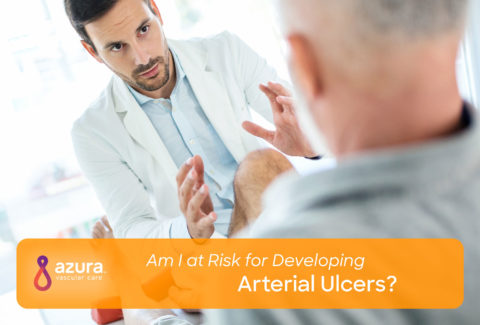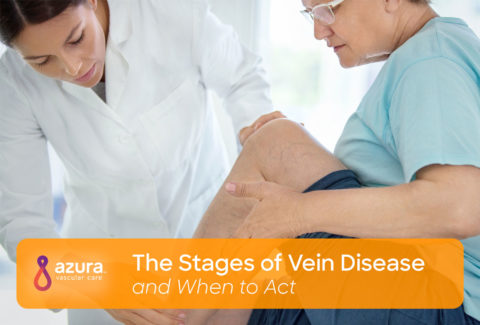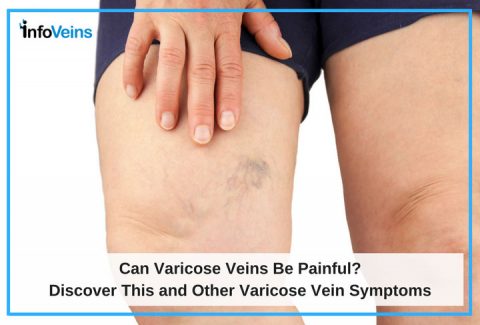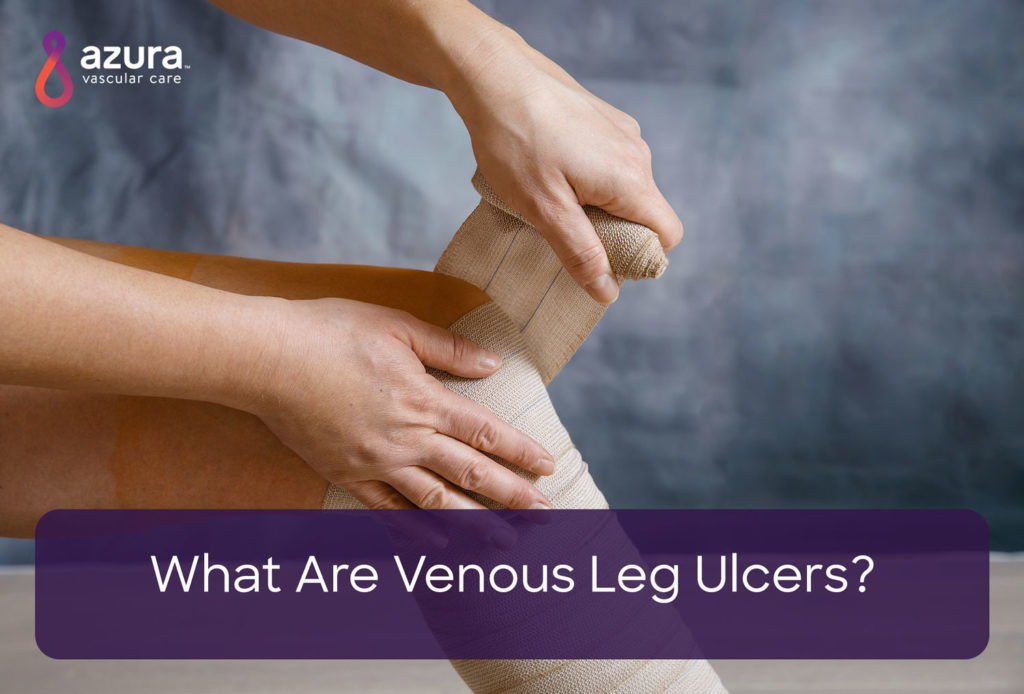
The visible, bulging, twisted veins on your legs may not actually be your biggest problem caused by varicose veins. In addition to their appearance, you may also have symptoms such as heaviness, swelling and pain. But even beyond those uncomfortable symptoms, did you know that unhealthy veins, such as varicose veins, can lead to venous leg ulcers? Among adults over the age of 65, it’s estimated that about 4% have leg ulcers that have been caused by vein disease. i
While of course the best case scenario would be to not get a leg ulcer at all, it’s important that you be able to recognize one if you do end up with a vein-related leg ulcer.
What You Need to Know About Venous Leg Ulcers
What are venous leg ulcers? Venous leg ulcers are sores on the leg that do not heal on their own. Usually, they occur above the ankle. ii
But how and why do they form? The veins in your body carry blood back to your heart. There are one-way valves that prevent blood from flowing backwards in the veins. Your vein walls are thin and don’t have much muscle, so the muscles of the legs help by pushing blood back to the heart. If your vein valves become leaky, several things might happen, such as:
- Blood can begin to pool in the veins
- Vein walls can begin to stretch
- Fluid can leak out of your veins and into your tissues, causing swelling
- Swelling may prevent tissue from receiving the oxygen and nutrients it needs to be healthy, and as a result of the lack of nutrients, cells can die, leaving damaged tissue where a wound can form. ii
How to Spot a Venous Leg Ulcer
Leg ulcers can be found on the front, back or sides of your legs. If you can’t easily see the back of your legs, you should ask someone to help you. You are looking for:
- A sore that has a red or yellow center
- A sore with irregular borders
- Areas of the skin that may look tight, warm or discolored ii
A leg ulcer may be painful. If the sore becomes infected, it may have a bad odor and you may see pus draining out of it. If you think you have a leg ulcer, make an appointment to see your doctor as soon as you can. And if you have a fever or other symptoms that indicate the ulcer is infected, you should seek immediate care.
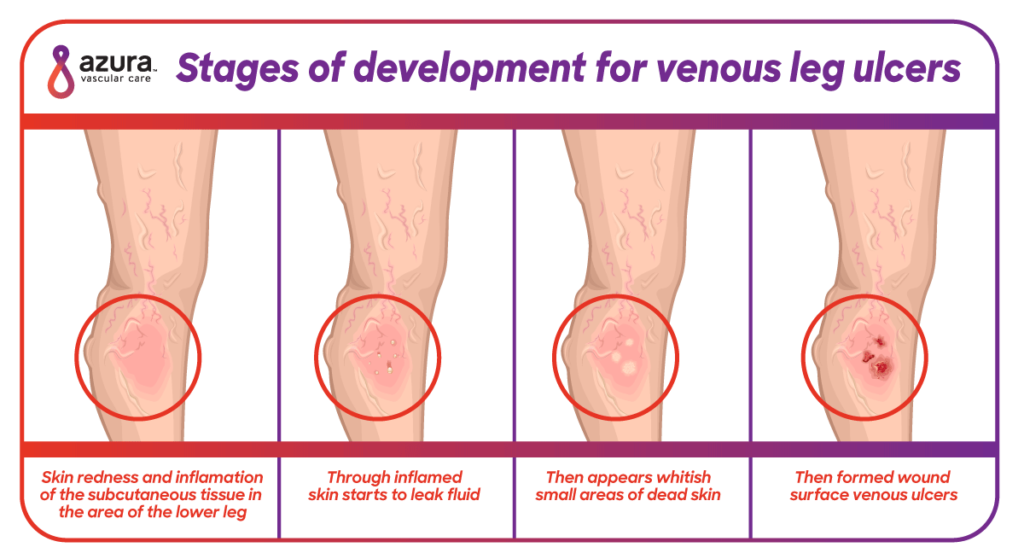
Caring for a Venous Leg Ulcer
Once you’ve been diagnosed, your doctor will give you specific instructions so you know how to take care of your venous leg ulcer to help it heal. Some general rules include:
- Keep the bandages and the skin around the ulcer dry – if the area gets wet, remove the bandages, dry the area off and then redress with clean, dry bandages
- Keep the wound clean
- Compression of the area is important and can help prevent further swelling and stretching of the tissues – your doctor will tell you if you should use compression stockings, which are special elastic stockings, or tight bandages, over the wound dressings
- Elevate your feet above the level of your heart for 30 minutes or so several times a day
- Move around, take a walk or exercise every day
- Take any medications, especially antibiotics, that your doctor has prescribed
- Tell your doctor right away if the wound is getting worse ii
How to Prevent a Venous Leg Ulcer
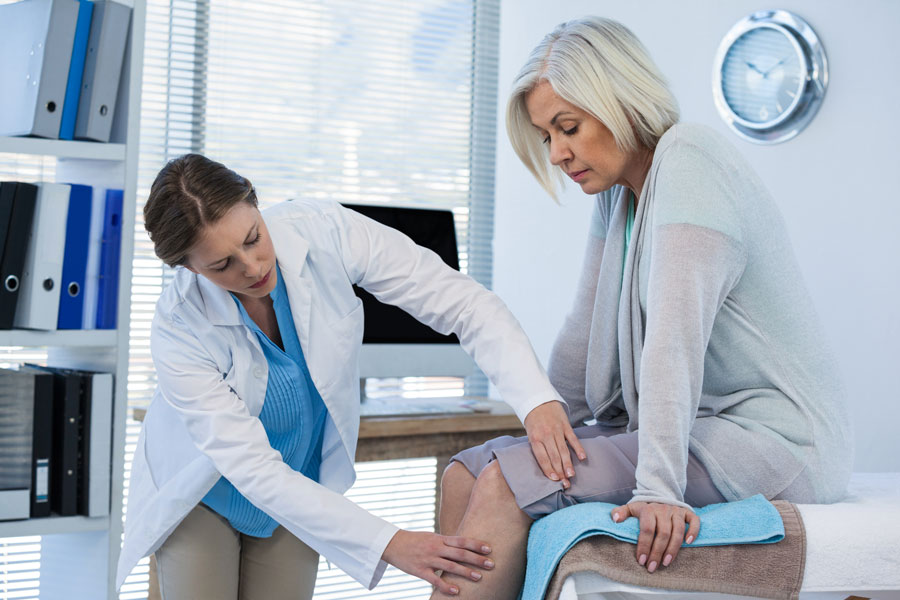 For those who have had previous ulcers, the chance of recurrence can be up to 97%. i Half of all ulcers will come back within 10 years of the first one. If you’ve had an ulcer, or if you’re at risk for an ulcer because you have veins disease you may want to try the following to prevent further complications:
For those who have had previous ulcers, the chance of recurrence can be up to 97%. i Half of all ulcers will come back within 10 years of the first one. If you’ve had an ulcer, or if you’re at risk for an ulcer because you have veins disease you may want to try the following to prevent further complications:
- Check your legs, feet and heels every day – you’re looking for cracks, changes in the color of the skin and any open areas
- Quit smoking
- Get some exercise, such as walking, every day
- Elevate your feet above the level of your heart for 30 minutes, 4 times a day
- Wear compression stockings – put them on in the morning and remove them before you go to bed
- Lose any excess weight, if you are overweight
- Talk to your doctor about other treatments for your vein disease ii
If you have varicose veins, you’re at greater risk for leg ulcers. Fortunately, there are options to treat your varicose veins, thereby reducing your risk of developing a leg ulcer. You may want to consider treatment such as surgery, or one of the following minimally invasive alternatives to surgery:
Leg ulcers can be a serious complication of vein disease, but they are preventable. You should see your doctor if you have a leg ulcer. To make sure you’re doing all you can to prevent leg ulcers from developing or worsening, talk with your doctor about your varicose veins and see what else you can do to prevent leg ulcers, including any minimally invasive options to treat your varicose veins.
Sources:
i Ratliff, C., Yates, S., McNichol, L., Gray, M., Compression for Primary Prevention, Treatment, and Prevention of Recurrence of Venous Leg Ulcers. J Wound Ostomy Continence Nurs, 2016. 43: p. 347-364 https://www.ncbi.nlm.nih.gov/pmc/articles/PMC4937809/
ii MedlinePlus, Venous ulcers – self-care. https://medlineplus.gov/ency/patientinstructions/000744.htm (updated 5/24/2016, accessed 12/5/2016)

